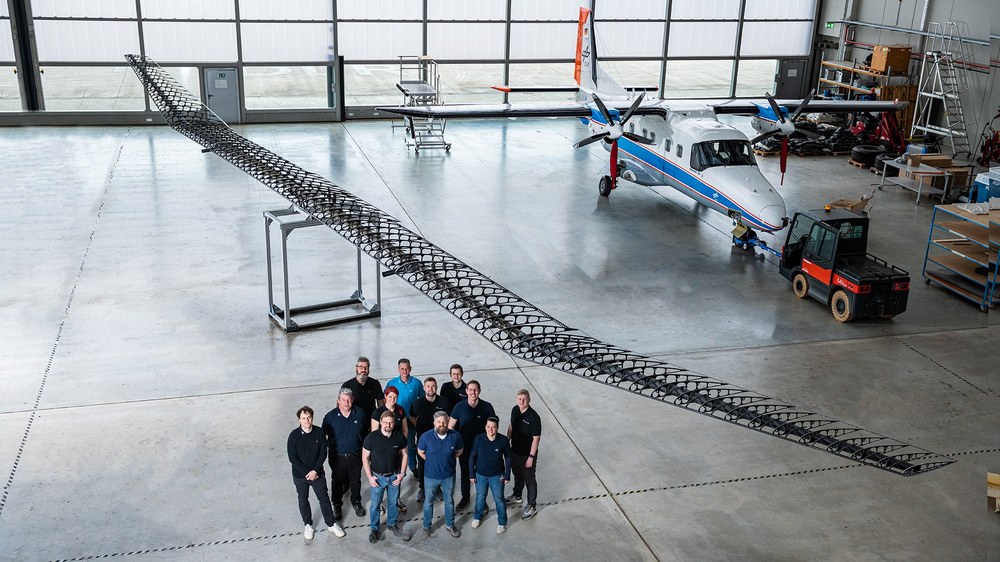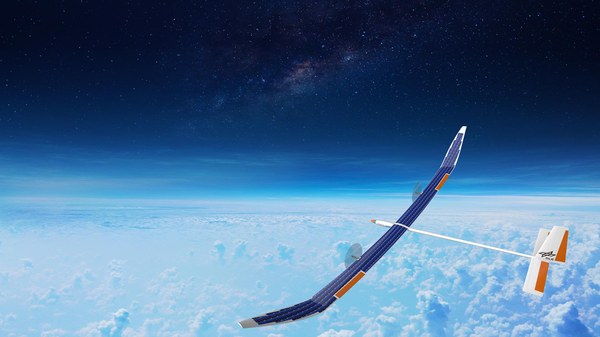HAP – High-Altitude Platform

A launch concept is being considered for the high-flying uncrewed platform HAP (High-Altitude Platform), which does not have its own landing gear on the aircraft due to weight-saving considerations. Instead, a car will tow the HAP in order to reach the necessary take-off speed. This requires a launch cart that can securely hold and support the HAP, designed to be attached to the car like a trailer. Systemhaus Technik is developing, designing and building this launch cart in line with the overall launch concept requirements, ensuring it can accelerate the aircraft to the necessary take-off speed. A specialised trailer is being devised to meet all necessary specifications and accommodate the HAP.
Additionally, the launch cart will enable the transport and manoeuvring of the DLR-HAP at the test site, at the airfield and within the hangar for assembly and maintenance activities.
Design and configuration of propellers for the High-Altitude Platform
The primary challenge in designing the HAP propellers was shaping the aerodynamic profile around the hub to ensure that extreme centrifugal forces could be safely absorbed by the adjacent structure. The thin air at an altitude of over 20 kilometres requires rotational speeds of up to 3000 revolutions per minute. This generates centrifugal forces of approximately 17,000 newtons (around 1.7 tonnes) at the blade root, impacting both the blade itself and the hub. Primarily made of carbon fibre-reinforced polymer (CFRP), the propeller required very careful consideration of design and dimensioning in order to withstand the extreme loads without adding excessively weight. To meet these requirements, special fibre preforms with high-modulus (HM) carbon fibres were adopted.
To test the initial concept, a prototype propeller was designed and constructed by the fibre composite workshop at Systemhaus Technik in Braunschweig. It was successfully tested with the rest of the propulsion system at the institute, including wind tunnel testing. Prior to propulsion system testing, static load tests were conducted, again at Systemhaus Technik in Braunschweig.


